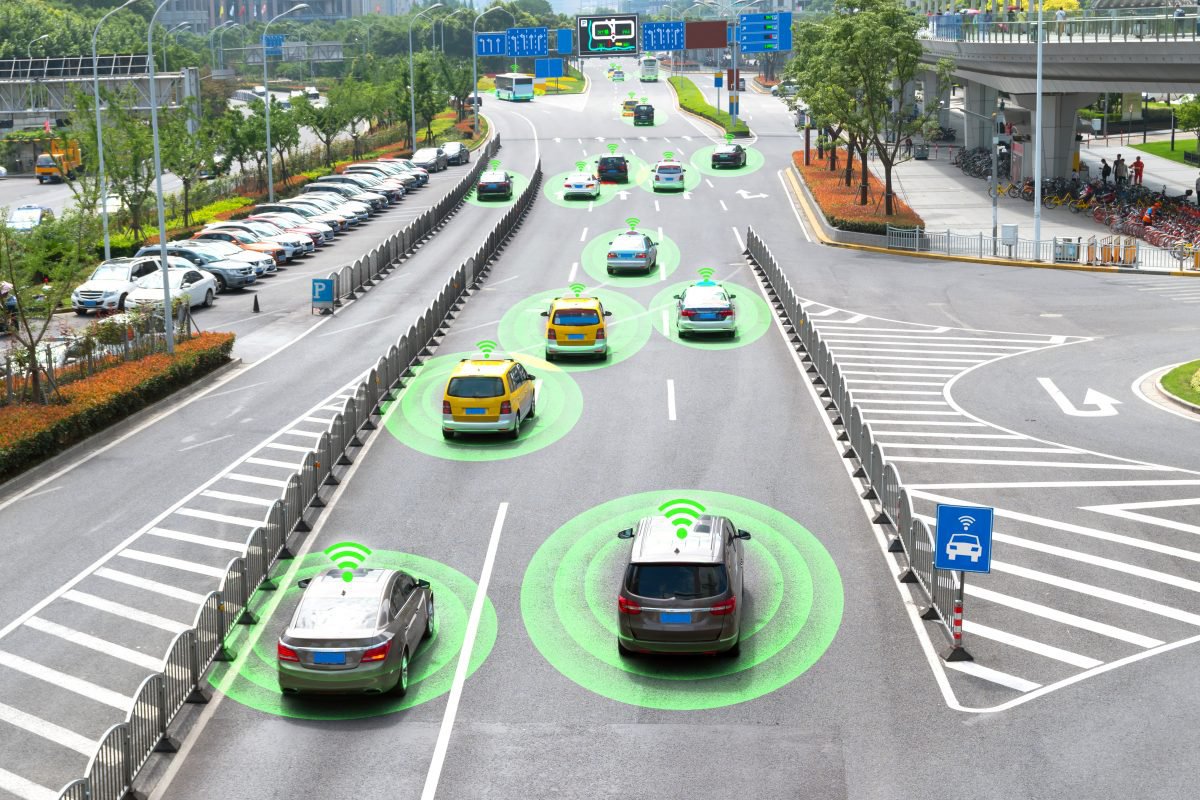5 main reasons why fully autonomous cars are not on the roads yet?
With all of the developments in self-driving cars by companies such as Tesla, Waymo, and others you would think that autonomous vehicles would be on the road by now. However, such vehicles are not becoming mainstream and people are wondering what some of the reasons are. Therefore, we would like to explain what is holding up the adoption of self-driving cars and are their solutions to these issues.
1. Inclement Weather
Self-driving cars are equipped with AI-powered cameras to help them navigate through the streets and identify some of the objects, road signs and pedestrians they encounter on the road. However, after a heavy snowstorm the camera cannot see the delineation markings on the roads thus making it almost impossible to drive safely. As of today, researchers have not found a way to solve this problem, which is why a lot of the testing is done in warm-weather climates such as San Diego and Los Angeles.
Currently, researchers are working on laser sensors of various wavelengths that can try and see through the snow. Also, additional software is being developed that would allow the AI algorithms to distinguish between actual obstacles and the snowflakes, raindrops and other atmospheric conditions.
2. Road Lines and Curbs
Road markings will vary depending on the city, state, and country you are in. This is very problematic for self-driving cars because they have to learn how to drive in each location. For example, in a certain district in Pittsburgh, there are some narrow lines drawn on the roads which determine where the cars must stop for stop signs. There are situations where the lines will be drawn so far back in front of the stop sign and the buildings will be so close to the road that the car cannot ‘see’ the other vehicles coming on the cross street.
Since there are so many different types of intersections out there it can be very difficult for the car to figure out what to do. A lot of times, there will not even be curbs to help determine the lane width. The solution to this problem remains elusive to researchers.
3. Dealing With Other Driver on the Road
When we drive to and from or go about our daily lives, we will routinely notice drivers violating certain traffic rules. While we learn to go around such hazards, it can be difficult for self-driving cars to make such decisions. An interesting situation occurred in Pittsburgh when an Argo driver had to manually retake control of his automobile. His vehicle encountered a double-parked car during a right turn and stopped right there in the middle of the intersection because it could not decide how to proceed further.
We can add to this the general antagonism that human drivers have towards self-driving cars. In fact, police in one city in Arizona documented at least 21 cases of people harassing Waymo vehicles with one person actually pointing a gun at it.
4. Left Turns
Sometimes it is legal to make a left turn in front of oncoming traffic if the situation allows, but it can be difficult for even people to make this decision. Making a left turn without a green arrow is still very challenging as Waymo’s CEO John Krafcik pointed out adding that if it is problematic for humans to make the call, it will be even more problematic for the machine learning algorithms to figure out. Therefore, this remains a big problem that researchers will need to solve if we are going to see self-driving cars on the road any time soon.
5. General Acceptance
We mentioned a little bit earlier the general antagonism that people have towards self-driving cars, but the problem exacerbated when we talk about fatalities. A couple of years ago, there was an Uber crash near Phoenix, AZ involving a self-driving car. A poll by AAA determined that 73% of drivers were reluctant to give up control of their vehicles.
One possible solution to this problem is to just get more people to try out the self-driving cars. John Krafcik said that his company’s cars show a lot of information on screens to the drivers such as route and what the cars itself are seeing. He goes on to say that the more people ride in the self-driving car, the less they look at the screen and start trusting the car.
We hope that the information presented gave you more insights about why self-driving vehicles have not gone mainstream. Mindy Support is dedicated towards providing researchers with data annotation assistance to help them overcome the problems mentioned above. As AI advances and new developments are made, you can expect to see self-driving cars on the road sooner than most people think.
Posted by Il’ya Dudkin





